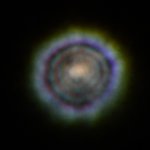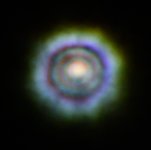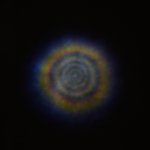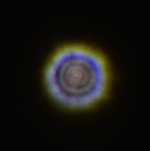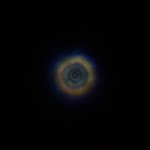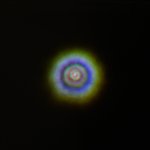I've tried star testing scopes for almost a year now, but only recently have I tried to take pictures. Anyway, if you would be willing to provide feedback on the quality of the images, or usefulness for identifying aberrations, I would appreciate it. My goal is to be able to capture good images from different scopes to share. I'm mostly interested in opinions of the images related to my technique, but would welcome comments on any sample defects that you see.
I used the following:
-digital camera
-spotting scope with EP @60x
-white LED + foil, with tiny hole
-indoors, across a few rooms (definitely some turbulent air)
I believe that the first two images below were out of focus away from the scope, towards infinity (inside of focus?). I did not alter the images in any way after capturing them with the camera.
Jason
ETA - I cropped the photos for easier viewing and so that they would show up in the post without having to open attachments.
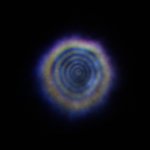
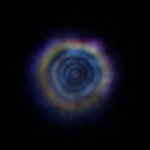
I used the following:
-digital camera
-spotting scope with EP @60x
-white LED + foil, with tiny hole
-indoors, across a few rooms (definitely some turbulent air)
I believe that the first two images below were out of focus away from the scope, towards infinity (inside of focus?).
Jason
ETA - I cropped the photos for easier viewing and so that they would show up in the post without having to open attachments.


Last edited:





